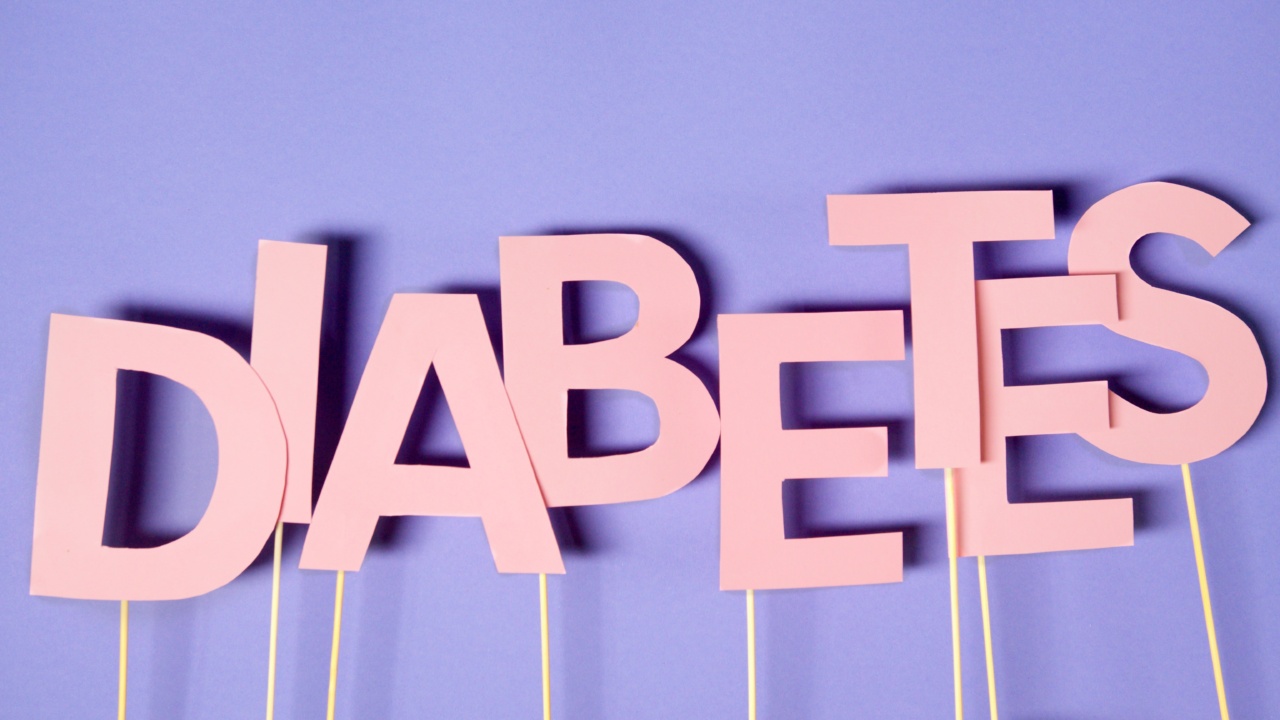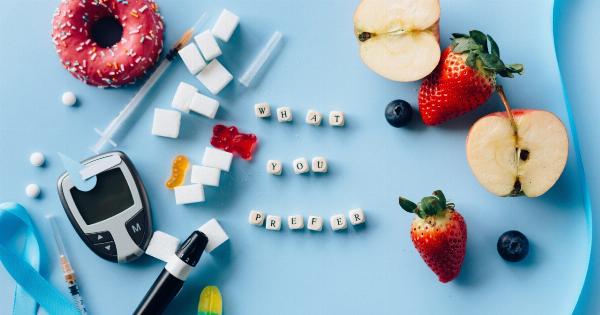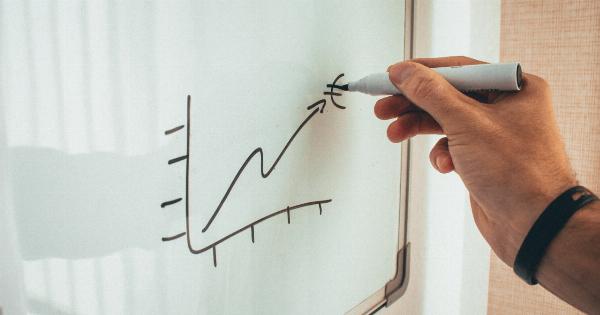Diabetes is a chronic disease that affects millions of people worldwide. It is characterized by higher-than-normal levels of blood glucose (sugar) due to the body’s inability to produce or use insulin properly.
The management of diabetes requires a careful balance of lifestyle changes, medication, and monitoring of blood glucose levels.
What is Sugar?
Sugar is a simple carbohydrate that is found naturally in many foods such as fruits, vegetables, and dairy products. It is also added to many processed foods and beverages to enhance their flavor.
Sugar is broken down by the body into glucose which is used as a source of energy for the brain, muscles, and other organs.
Why is Sugar a Concern for People with Diabetes?
People with diabetes have difficulty regulating their blood glucose levels.
This means that consuming large amounts of sugar can cause their blood glucose levels to rise rapidly, leading to a range of complications such as nerve damage, kidney damage, and blindness. Therefore, it is important for people with diabetes to limit their sugar intake to prevent these complications.
What are Sugar Price Limits?
Sugar price limits are recommended levels of sugar intake for people with diabetes. These limits are based on the individual’s age, gender, weight, and activity level.
The American Diabetes Association (ADA) recommends that people with diabetes limit their sugar intake to no more than 10% of their daily caloric intake. This equates to approximately 50 grams or 12 teaspoons of sugar per day for an individual following a 2000-calorie diet.
How to Read Nutrition Labels for Sugar Content?
Reading nutrition labels is essential for people with diabetes to make informed choices about their food and beverage intake. The following are some tips for reading nutrition labels for sugar content:.
- Look for the total sugar content, not just the added sugar content: The total sugar content includes both naturally occurring and added sugars.
- Avoid products that have sugar listed as the first ingredient: This means that the product likely contains a high amount of sugar.
- Check the serving size: The sugar content may seem low until you realize that the serving size is much smaller than what you would normally eat.
- Choose products that have a low sugar content: Look for products that have less than 5 grams of sugar per serving.
Tips for Reducing Sugar Intake
Reducing sugar intake can be a challenge for people with diabetes, but it is essential for managing the disease. The following are some tips for reducing sugar intake:.
- Choose whole foods: Whole foods such as fruits, vegetables, whole grains, and lean proteins are naturally low in sugar.
- Avoid sugary drinks: Beverages such as soda, energy drinks, and fruit juices are high in sugar and should be avoided.
- Use natural sweeteners: Instead of refined sugar, try using natural sweeteners such as honey, maple syrup, or stevia in moderation.
- Read labels carefully: Choose products that are low in sugar or have no added sugar.
- Be mindful of portion sizes: Even foods that are low in sugar can still cause blood glucose levels to rise if eaten in large quantities.
The Bottom Line
Sugar is a concern for people with diabetes, but it is possible to manage the disease and still enjoy a varied and healthy diet.
By following sugar price limits, reading nutrition labels carefully, and making changes to their lifestyle as necessary, people with diabetes can effectively manage their condition and avoid long-term complications.































